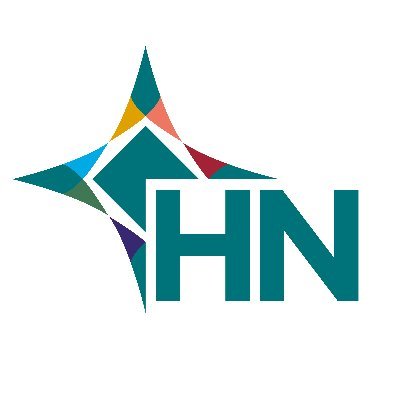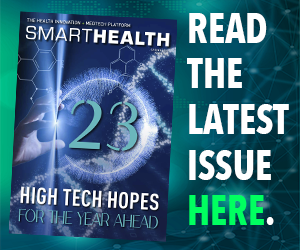SmartHealth Partnership
AI tools such as ChatGPT have come to great prominence in recent months. But what do tools using technology such as AI and machine learning hold for the healthcare sector, and how can they support its transformation? Dr Joachim Werr, Founder and Executive Chair of HN, explores
Research shows a clear link between delayed access to hospital care and survival rates. For elderly people living with multiple chronic conditions, having to wait hours for care on a hospital trolley could be life threatening. But what can be done about harmful ambulance delays that will improve patient experience and outcomes in2023?
Data science and prediction: identifying patients before they need urgent care
Mary, 78, takes medication to help manage several conditions including asthma, heart failure and diabetes. She lives in a flat on the outskirts of Cork with her Labrador, Bailey. In Spring 2022, Mary contracted a bacterial pneumonia infection, which proved to be a life-changing moment. Her chronic conditions derailed, Mary has since been admitted to hospital four times, spending a total of 21 days in hospital.
Mary’s health is still fragile and she is unsure she will ever be able to return home to her beloved Bailey. Mary’s health outcome could have been significantly improved if data science would have been used to guide her clinical pathway.
Similar to a fire alarm detecting smoke, predictive data science are mathematical algorithms scrolling through electronic patient data, alarming clinicians when a patient’s risk of ill health and unscheduled care rapidly increases.
Clinicians start their working day supported by the predictive tool, which has already identified patients like Mary at highest risk of ill health. Doctors can then proactively arrange preventative care for those patients before they need hospital treatment. Often this can be done remotely in the patient’s own home.
The impact of this new model of care is dramatic. It means better outcomes for Mary, more efficient use of resources for the health system, and clinical teams who can proactively manage healthcare instead of constantly firefighting at the front door.
With this technology, it is possible to predict over 80% of all individuals who will require hospital emergency care within the next six months. This represents a potential paradigm shift for health and care systems.
An evidence-based approach
The data science ‘fire alarm’ has recently been tested in a large UK clinical study, including 1,800 patients from seven hospitals. Starting in 2015, up to 8 years of patient data have been collected and published. It is aligned to the Sláintecare policy and its objectives to deliver the right care in the right place at the right time.
It’s no longer a case of whether predictive tools are ‘nice to haves’ or not – they are fundamental to creating a sustainable, high performing healthcare service
These outcomes have been tested for safety, fairness and equality, and the algorithm does not generate biased results excluding or missing any patient groups. Interestingly, we found that bias was much smaller compared to traditional models of referrals. It’s clear from the evidence that this technology would benefit Mary and thousands of other patients in similar circumstances.
With the technology available, and a wealth of evidence supporting such solutions, the time is now to embrace truly transformative predictive models of care.
For more > www.hn-company.co.uk | @weare_hn







